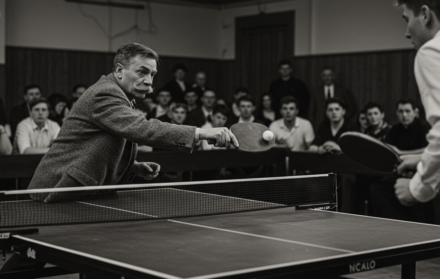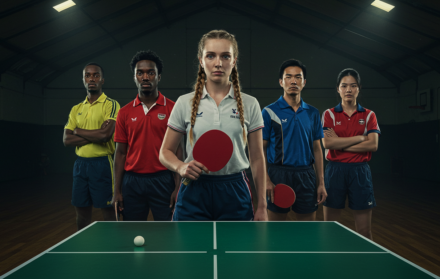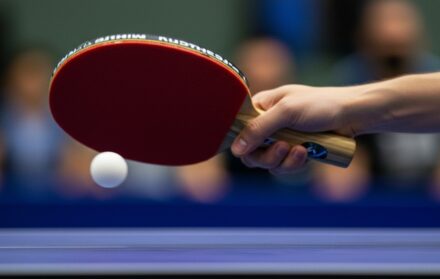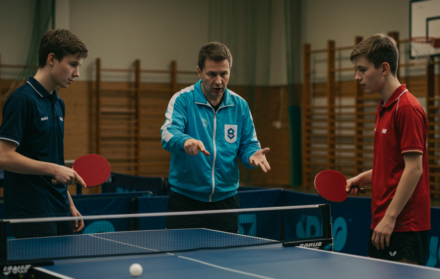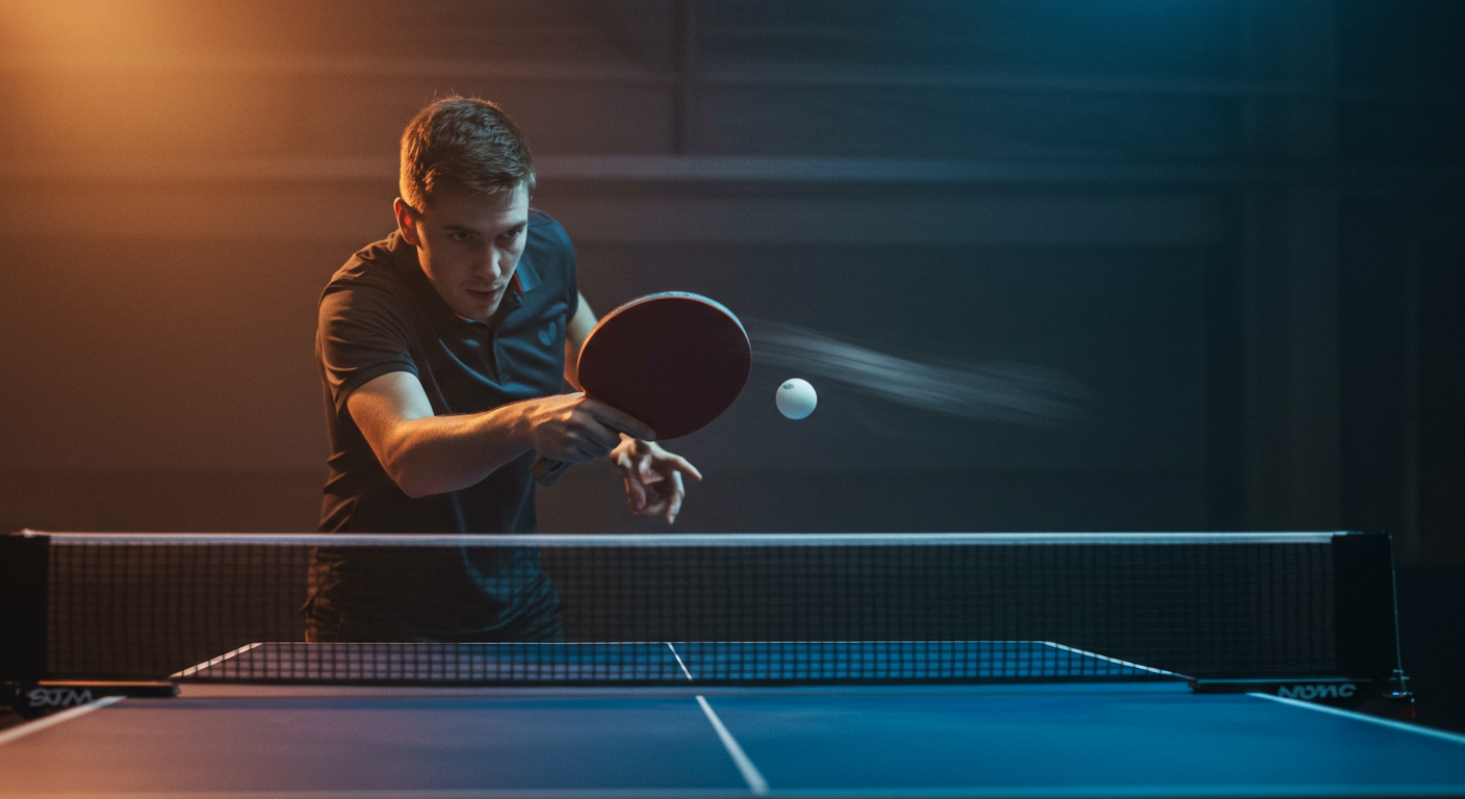
How to serve correctly in table tennis
The serve is the starting point of every table tennis rally. It may look simple, but it plays a vital role in both casual and competitive matches. A correct serve is not just about getting the ball into play. It must follow strict rules set by the International Table Tennis Federation (ITTF), and mastering it can give players a huge strategic edge.
In this guide, we will break down exactly how to serve correctly in table tennis. You will learn the official serving rules, mechanics of a legal serve, common mistakes to avoid, and how to practice serves for different styles and skill levels.
Why Serving Matters in Table Tennis

In competitive table tennis, the serve is more than a formality. It can win you points outright or set up the rally to your advantage. A well-placed spin serve can force a weak return. A fast flat serve can surprise your opponent. And a deceptive motion can make it difficult for them to read your intentions.
Even at beginner level, learning how to serve properly builds confidence and keeps the game fair. At advanced levels, players often spend hours perfecting serves as part of their training routine.
The Basic Concept of a Table Tennis Serve
A serve in table tennis starts the point. One player hits the ball so that it bounces once on their own side, then once on the opponent’s side. After the serve, the rally begins, and players alternate shots until one of them scores a point.
But the process of serving is not just about hitting the ball. It has to be done in a specific way to be considered legal.
Who Governs the Rules of Serving?
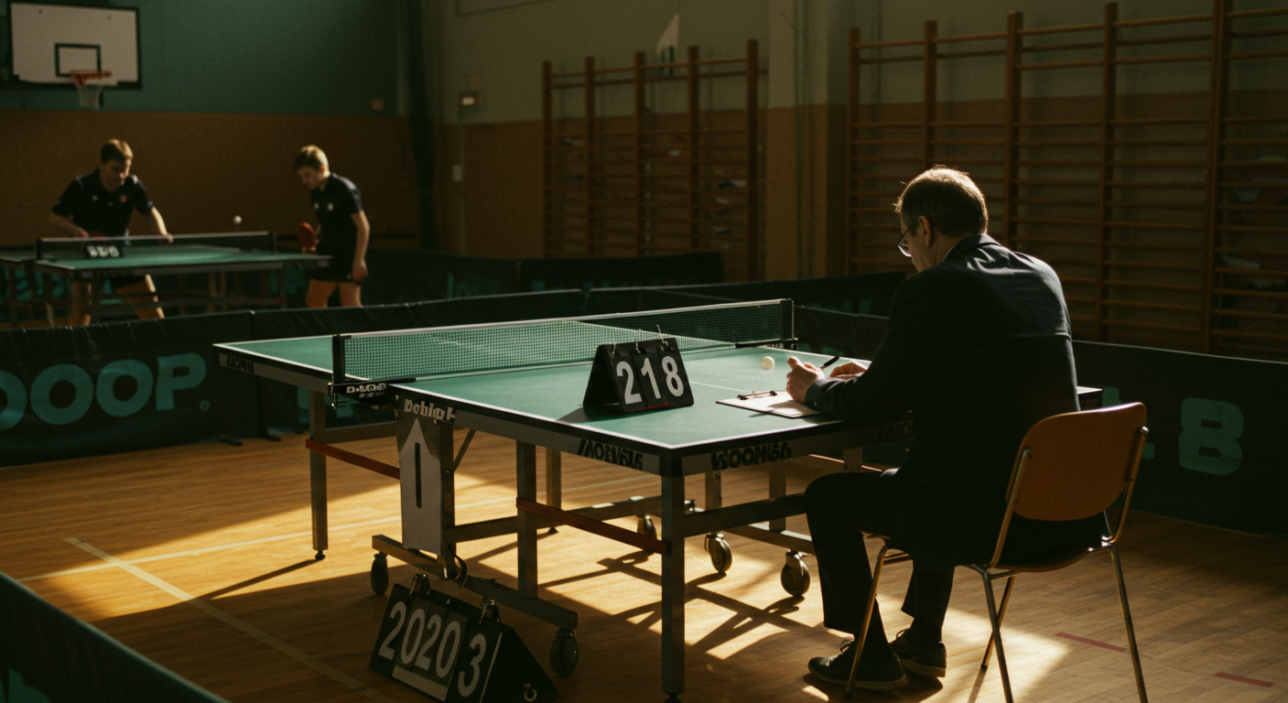
The official rules of table tennis are set by the International Table Tennis Federation (ITTF). These rules are updated periodically to reflect changes in the sport.
Table tennis was first governed formally in 1926 when the ITTF was founded. Serving rules were created to ensure fairness and to prevent players from hiding the ball or deceiving opponents in unfair ways. Over time, rules have been adjusted to improve visibility, especially for televised matches.
The Official Rules for a Legal Serve
According to the ITTF, a legal serve must follow these core rules:
1. The ball must rest on the open palm
-
The server must hold the ball in the flat, open palm of their free hand.
-
The hand must be stationary above the level of the playing surface.
2. The ball must be tossed vertically
-
The ball must be thrown near-vertically at least 16 centimeters (about 6 inches) into the air.
-
It must rise without any spin.
3. The ball must be struck on the way down
-
The server must hit the ball after it begins to fall.
-
Striking it at the peak of the toss or while rising is illegal.
4. The ball must bounce once on each side
-
The ball must bounce once on the server’s side of the table, then once on the receiver’s side.
-
If the ball hits the net but still lands properly, it is called a let serve and is replayed.
5. The serve must be visible
-
The server must not hide the ball with their body, arm, or racket.
-
The opponent and umpire must have a clear view of the ball at all times.
6. Serving behind the end line
-
The server must strike the ball from behind the table’s end line and above the level of the table.
-
The free hand and ball must start behind the table surface.
Serving in Singles vs Doubles
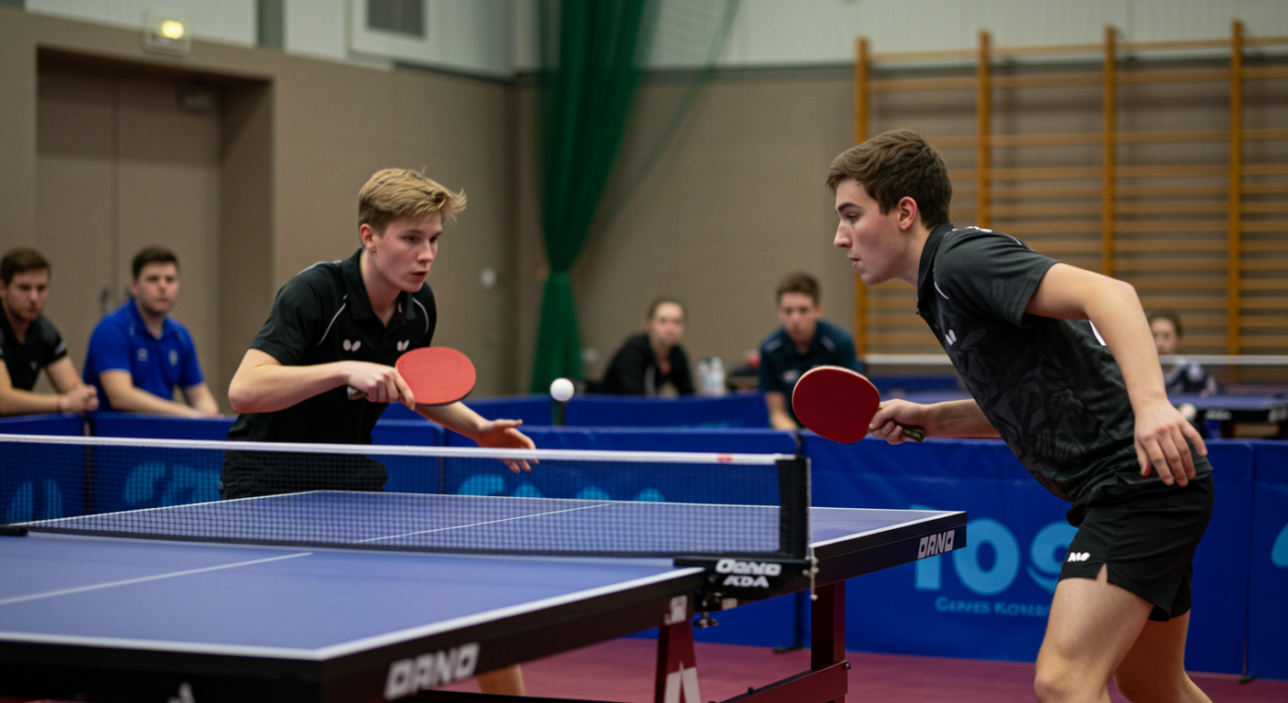
In Singles
-
You can serve to any part of the opponent’s side of the table.
-
There are no restrictions on direction.
In Doubles
-
The serve must travel diagonally.
-
It must bounce in the right half of the server’s court and then the right half of the receiver’s court.
-
Players take turns serving every two points, rotating through team members.
Types of Legal Serves
Once you understand the rules, you can explore different types of serves. Here are some of the most common legal serves used in table tennis:
1. Backspin Serve
-
A defensive serve where the ball spins backward.
-
Causes the ball to bounce shorter and makes it harder to attack.
2. Topspin Serve
-
An aggressive serve where the ball spins forward.
-
Bounces higher and faster off the table.
3. Sidespin Serve
-
The ball spins left or right.
-
Often combined with topspin or backspin to confuse opponents.
4. Fast Serve
-
A quick, flat serve with minimal spin.
-
Meant to surprise the receiver with speed.
5. Short Serve
-
A soft serve that lands close to the net.
-
Prevents the opponent from attacking.
6. High Toss Serve
-
The ball is tossed very high before striking.
-
Increases spin potential and unpredictability.
These variations are all legal as long as the serve follows the rules about toss height, visibility, and bounce.
Common Mistakes That Make a Serve Illegal
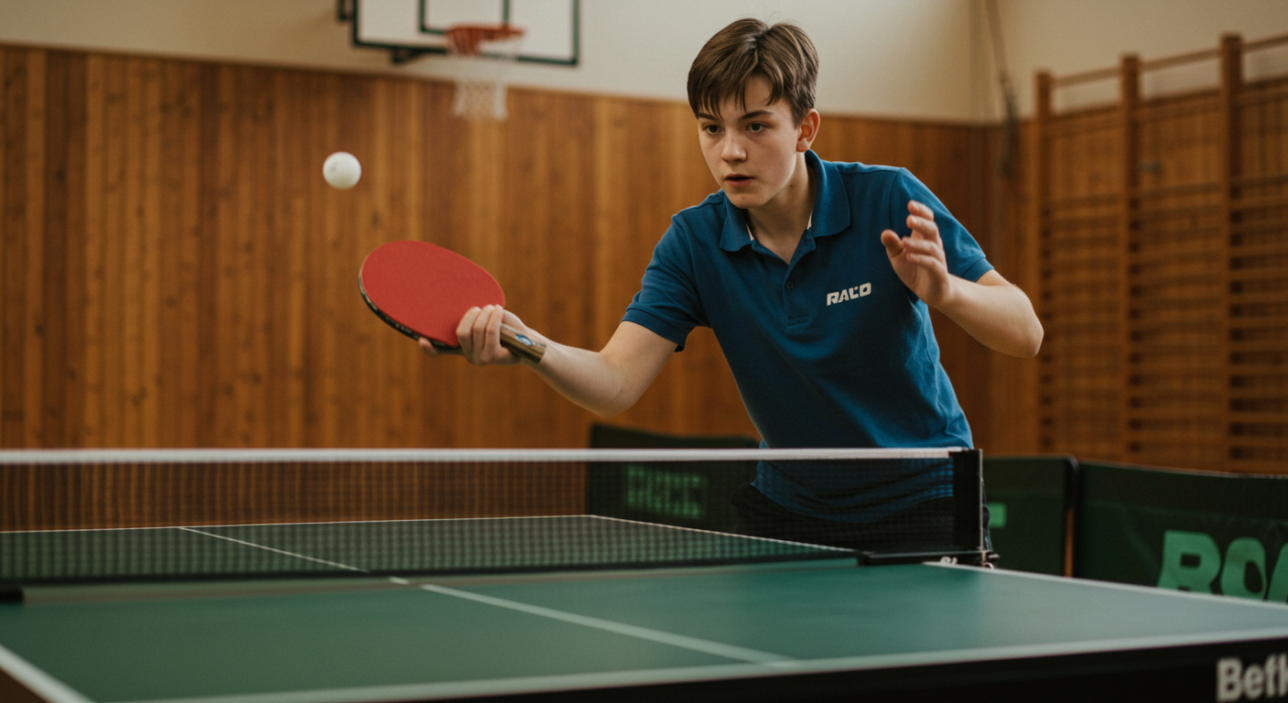
Many new players unintentionally serve illegally. Here are some of the most frequent faults to watch out for:
1. Tossing the ball too low
-
The toss must be at least 16 cm. Anything lower is a fault.
2. Hitting the ball while it’s rising
-
You must wait until the ball begins to descend.
3. Hiding the ball
-
Using your arm or shoulder to block the opponent’s view of the ball makes the serve illegal.
4. Not starting behind the end line
-
The ball and free hand must start behind the end of the table.
5. Incorrect bounce
-
The ball must bounce once on your side and once on the opponent’s side.
If a fault occurs during a serve, the opponent gets the point. If a let occurs (such as a net touch with correct bounce), the serve is replayed.
Techniques to Improve Your Serve
Mastering the serve takes practice. Here are practical tips to help you improve:
1. Practice toss consistency
-
Use a wall or ruler to measure toss height.
-
Practice smooth, straight tosses without spin.
2. Use slow motion video
-
Record your serve and review it to check for legal mechanics.
3. Serve to targets
-
Place coins or paper targets on the opposite side of the table.
-
Try to hit them to build accuracy.
4. Vary spin and speed
-
Mix short and long serves, fast and slow, spinny and flat.
-
Keep your opponent guessing.
5. Use shadow drills
-
Practice the motion without a ball to refine muscle memory.
The Grip and Stance Matter Too
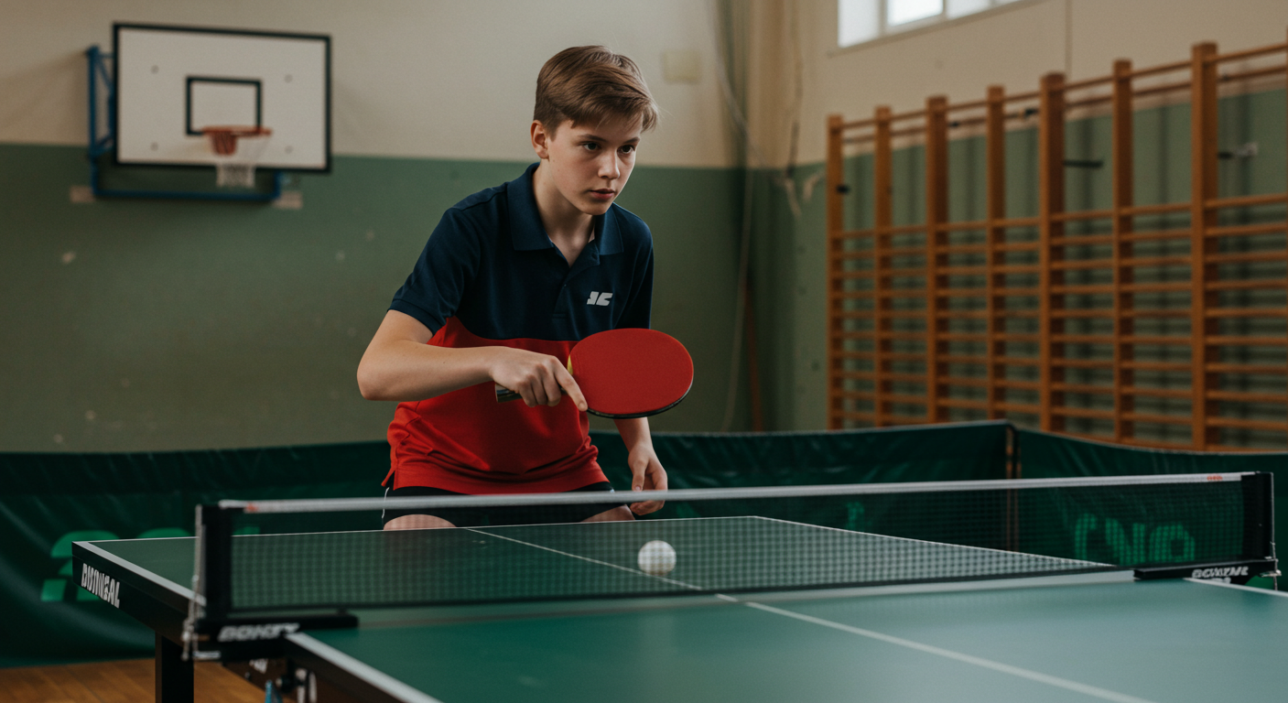
Common Grips
-
Shakehand Grip: Most common in Western countries.
-
Penhold Grip: Popular in Asia; allows better wrist movement.
Stance Tips
-
Feet shoulder-width apart
-
Knees slightly bent
-
Lean forward for better balance and readiness
Your grip and stance affect how well you can control spin, power, and direction during a serve.
When Do Players Switch Serve?
-
Players alternate serves every 2 points.
-
At 10-10, players alternate serves every point until one leads by two.
-
In doubles, the order of serving rotates through all four players.
A Quick History of Serving Rules
Early table tennis had almost no regulation on serving. Players used to hide the ball, spin it with fingers, or hit directly off the hand. This led to unfair advantages and many disputes.
The ITTF began tightening rules in the 1980s and 1990s. The visible toss rule was introduced in the early 2000s, along with minimum toss height and rules against hiding the ball.
These changes made the game fairer and easier to watch on TV, as viewers could now see the spin and stroke clearly.
Serving Etiquette and Sportsmanship
In casual play, many players ignore or bend the rules. But in tournaments, serves are closely watched. Here are some good practices:
-
Announce your serve clearly if playing with new partners.
-
Call let serves honestly, even if the umpire misses them.
-
Respect your opponent by not rushing or hiding your motion.
Following the rules makes the game more enjoyable for everyone.
Final Thoughts: How to Serve Correctly in Table Tennis
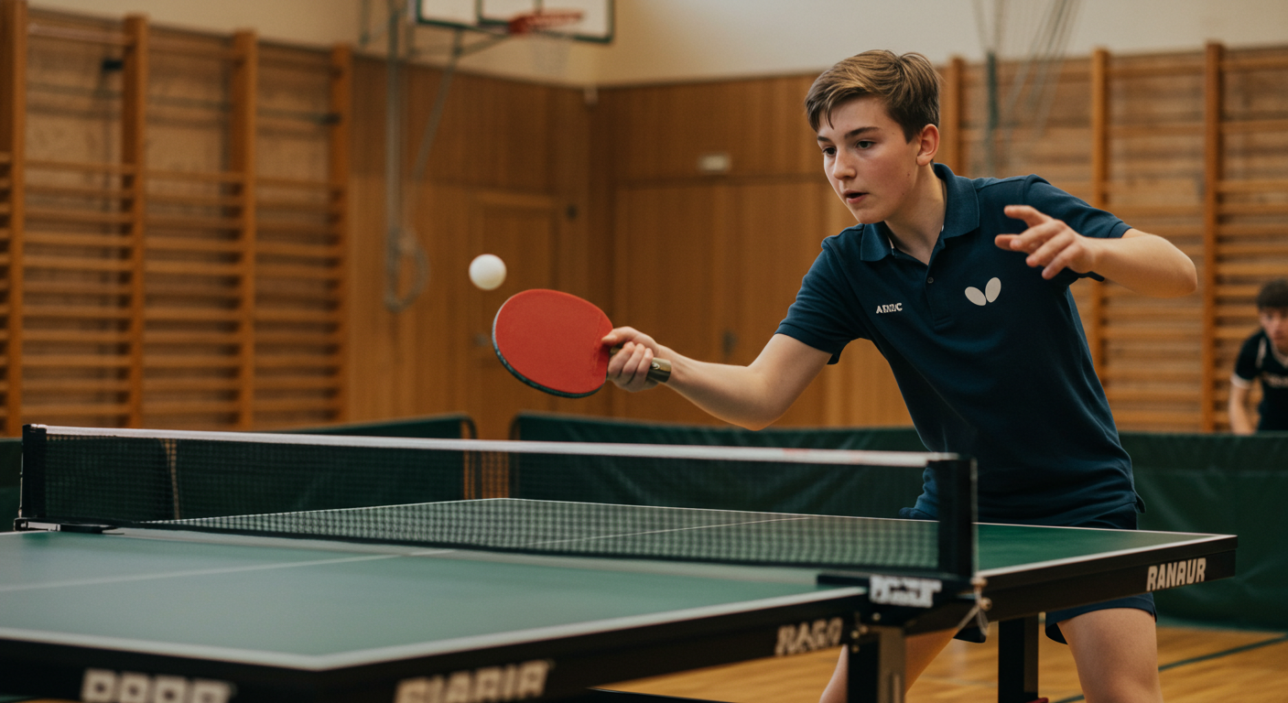
So, how do you serve correctly in table tennis? By understanding the rules, following proper technique, and practicing regularly.
A legal serve must start with an open palm, include a vertical toss, be clearly visible, and bounce once on each side. Once you master the basics, you can experiment with spin, speed, and placement to make your serves more effective.
Serving is not just about putting the ball in play. It is a powerful tool that can shape the outcome of each rally. Whether you are a beginner or aiming to play competitively, learning to serve correctly is one of the most important skills in table tennis.
FAQs on How to Serve Correctly in Table Tennis
1. What is the minimum toss height in a legal serve?
The ball must be tossed at least 16 cm (6 inches) upward from the open palm.
2. Can I serve with spin?
Yes. You can apply any spin you like as long as the ball is tossed and struck legally.
3. Is a let serve replayed?
Yes. If the ball touches the net but lands legally, it is called a let and is replayed.
4. Can I serve from the side of the table?
You must serve from behind the end line and above the table. You may stand left or right as long as you follow the position rules.
5. Do I have to alternate serves in singles?
Yes. Each player serves two consecutive points, then the serve switches.
